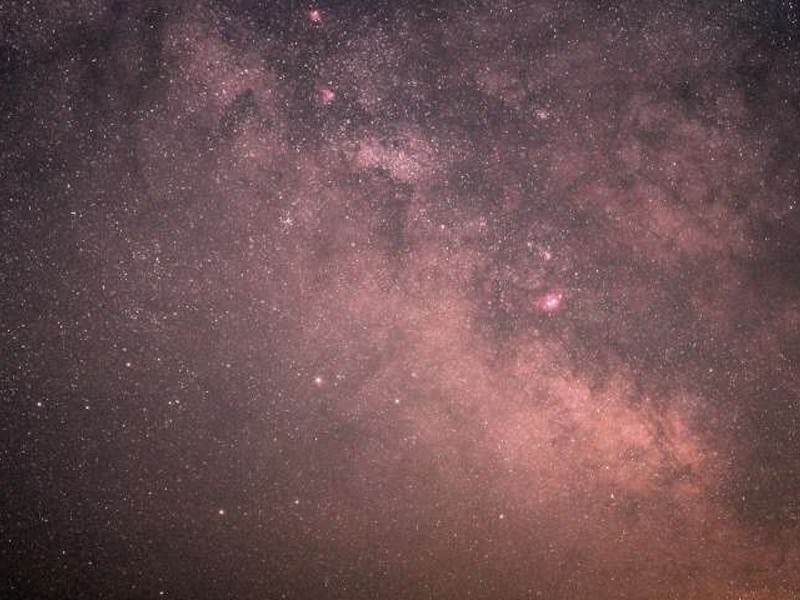
Hiding deep in the Sagittarius constellation some 26,000 light-years away, scientists have found what they were looking for: a black hole.
It was there all along, in the center of a globular cluster called NGC 6624, the newly discovered intermediate-mass black hole is the size of 7,500 suns. The scientists spotted it with the help of a pulsar (PSR B1820-30A), which was emitting a beam of electromagnetic radiation like a beacon. PSR B1820-30A is the closest and the first known pulsar to be orbiting a black hole.

Sagittarius
Intermediate-mass black holes like this one are very hard to find, because they are basically the middle child of black hole classifications, not big enough to be a supermassive black hole, and not small enough to be a stellar-mass black hole. This means IMBHs are like a missing link and can help scientists understand black hole formation.
“It is generally thought that they could be formed by the direct collapse of very massive primordial stars or successive mergers of stellar-mass black holes and runaway collisions in dense young star clusters,” astrophysicist Benetge Perera, from the University of Manchester, said in a release.
As Perera suggest, the globular cluster is the ideal home for an IMBH because of the densely packed young stars. Scientists believe the gravity binding the stars together eventually undergoes so much pressure that it collapses into a black hole.
Perera and his team will continue to analyze the pulsar and take measurements. Pulsars act as a near-perfect timekeeper rotating around objects like black holes like a hand on a clock. So, they’ll soon be able to determine its gravity and understand its age and formation.
“This discovery provides important input to our understanding of how intermediate-mass black holes and the clusters themselves form and evolve.”